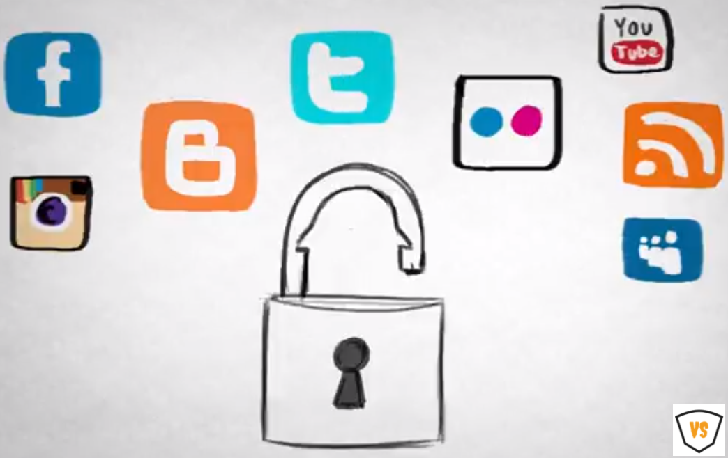Protecting your personal information can help reduce your risk of identity theft.
Don’t accept free cookies.
Installing cookies on your computer is a way for sites to store information about your browsing history or preferences. While not all cookies are bad, setting your browser to warn you when a cookie has been installed is a way to maintain control.
Check all security settings.
Look at the privacy, security and advanced preferences on your browser to see what information it is storing automatically.
Clear your cache.
Always clean out your browser history, caches, cookies and active log-ins before leaving your computer for a longer period.
Use a firewall.
A firewall is a must-have because it repels unauthorized transmissions from accessing your computer. Most anti-virus software nowadays comes with a built-in firewall.
Install a link scanner.
This free software examines hyperlinks and search engine results before you click through to make sure they’re safe.
Be smart about passwords.
Use a combination of unusual words, numbers, and symbols in your passwords. Do not use personal information like phone numbers, names of relatives or friends or birth dates.
Don’t rely on a computer to remember your passwords.
Do not check options such as “Yes, this a computer I use often” or “Remember the log-in/password information on this site” unless you want your information stored.
Don’t use public computers.
While going online at a cyber café or library seems like a good way to remain anonymous and thus foil e-predators, you might leave traces of your Facebook or Gmail passwords on the machine — making it easy for the next user to access your information on those sites.
Create a separate email account.
Avoid compromising your main email account and polluting it with unwanted spam by creating a separate account purely for use in online transactions.
Use fake information where possible.
When asked to supply a birth date, mother’s maiden name, pet’s name or other identifying information on social media websites such as Facebook, LinkedIn, and Twitter, just fudge the facts.
If you have to use real information, keep it on lockdown.
If you’re a heavy Facebook or Twitter user, consider changing the settings to make your account or feed only visible to a select group of trusted friends.
Beware sneaky checkboxes.
Pay attention to the checkboxes that appear while signing up for services or purchasing items online. Some require you to check the box to opt out if you don’t want to receive promotional material or have your information used for marketing purposes; on other sites, checking the box means you’ve opted into whatever is being offered.
Read the Terms of Service.
The terms of service agreements that many sites require you to agree to before proceeding further may be long and wordy, but you should still read them carefully to know what you’re agreeing to and what parts of your privacy you may be giving up.
Say no to autofill.
Turn off the “autofill” function on your browser that recognizes familiar words and numbers you’ve used on forms before and automatically fills in all your personal information.
Don’t divulge your email if you don’t have to.
Asking you to supply an email address when paying for purchases at bricks-and-mortar stores, for example, is typically just a way for the store to send you promotional material.
Have other safety tips? Please share them on the comment section of this article.
Have other safety tips? Please share them on the comment section of this article.
